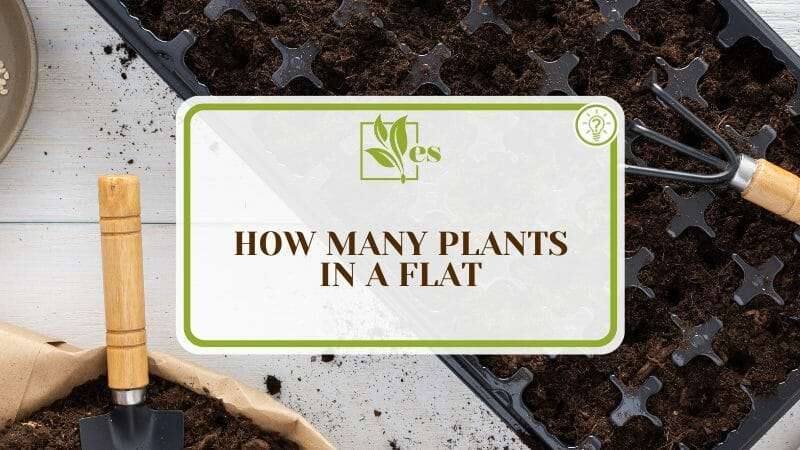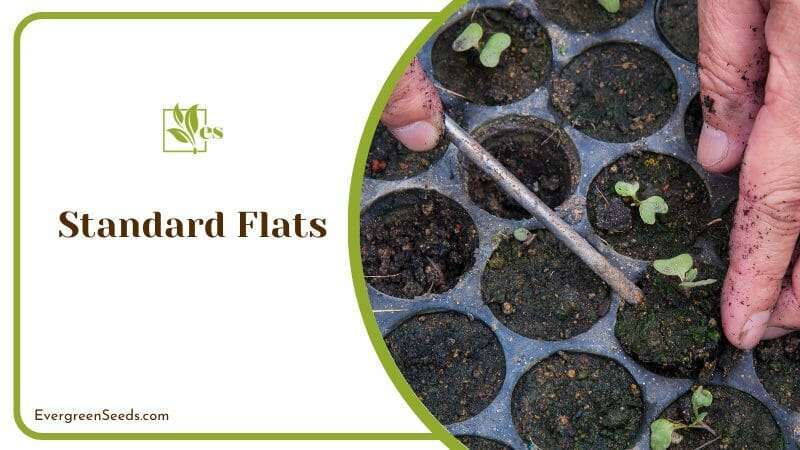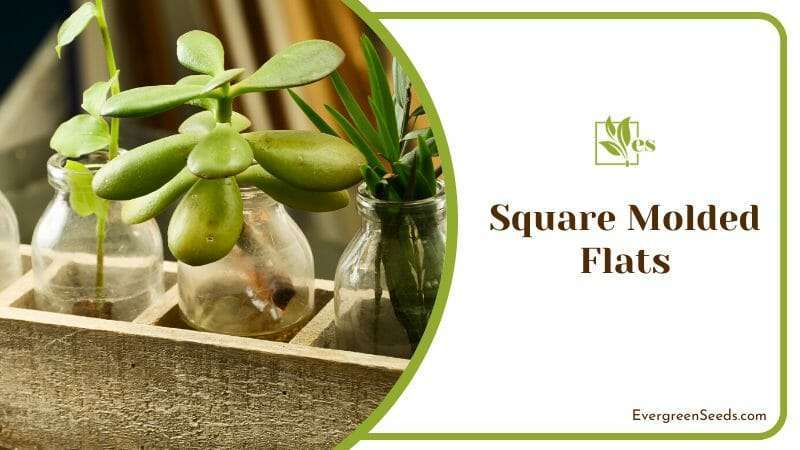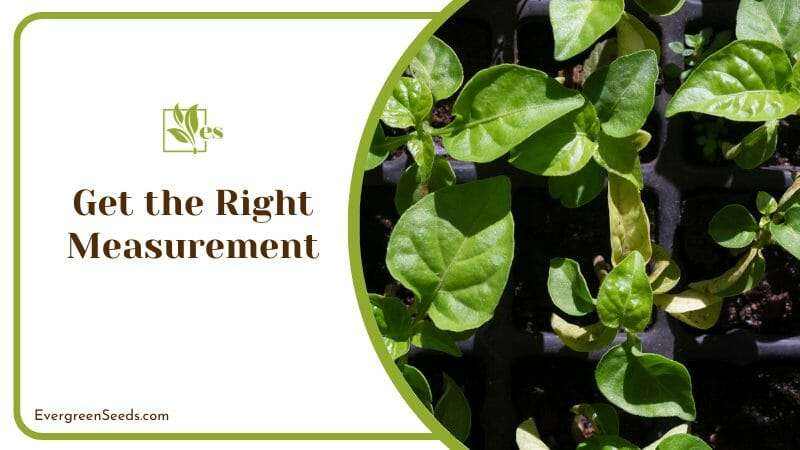If you are wondering how many plants in a flat are ideal, it could be anywhere up to eighteen square pots, depending upon the range of pot and tray capacity. A flat or a tray is a fabricated garden item of plastic and designed to group plants and make their transporting simpler.

If you need clarification about the number of plants you can fit into one such tray, then read this guide for the information. We provide you with the number and tips and tricks to manage a flat efficiently, so read on.
JUMP TO TOPIC
How Many Plants Can You Fit in a Flat?
💥 You can fit up to eighteen to twenty-five square pots in a flat; however, this number greatly depends upon the individual plant pots and the type of tray you have purchased. The flat that can contain the plants housed in individual pots comes in various standard sizes.
However, when you are harvesting some annual plants in a flat depends on the type of tray. If you want to know how many plants in a flat of annuals, know that you can do so in two dimensions, namely four-inch plant flats or six-pack flats. Each four-inch flat can hold a total of sixteen plants, and these could be single plants housed in a container four inches in diameter.
Each six-pack flat can contain a total of forty-eight plants. They come in plastic packs containing six plants, and each pack is sealed.
There is a range of plant capacities available across all of them, which is why it can change from one flat to another. There are standard flats, daisy trays, Anderson flats, and lastly square molded flats.
– Standard Flats
These are the most common kinds of flats, which are long and narrow rectangles that can hold eighteen square pots containing plants ranging in size from three to four inches in width.

It can be cultivated for either perennial flowers or annual plants, as these are the ones that are most commonly used.
– Daisy Trays
These trays get their name from the wide bottom grid that enables adequate drainage and gives them their distinctive appearance. The grid also contributes to the trays’ unique appearance. In addition, they can accommodate either six packs of two inches or twelve packs of one inch, depending on the size of the pack.
– Anderson Flats
Anderson pots are heavier, wider, and constructed in a rectangular shape. Additionally, they have lips on both of the narrow ends of the flat. It is three-quarters of an inch in size and has a small grid printed on the underside.
The reason why they are advantageous is that they are offered in various sizes, the most common of which is the Portland flat, which has room for twenty-five pots with a diameter of four inches and can be purchased separately.
– Square Molded Flats
The most typical style of the square flat has a bottom that is patterned with grid lines and is widely separated from one another. This style of square flat can hold either twenty-five pots with a diameter of three inches or sixteen pots with a diameter of four inches. Some flats have cups molded into them, so they can hold square or round pots, compared to the ones mentioned above, which do not have these cups.

Because the molded spots leave spaces between the individual pots, it is common for these flats to hold fewer plants than the other types, although capacities can vary.
What Does It Mean to Have a Flat of Flowers?
Flat flowers mean having a row of flowers in a pot contained within it. If you are keen on knowing how many flowers are contained in a flat, then it isn’t any different from the other regular plants. All you must do is just pick the one suitable per the size of your pot, and you can get started.
Flowers in flats are easy to clean and can be stacked or nested within one another to save space in storage. On another note, what is a flat of flowers, and how should it look. Flats for flowers can have raised ridges on the bottom surface to improve water drainage. A curved top edge makes it easier to carry them around and, in addition, with a rib, extends the lifetime of the flats and makes them easier to be reused.
– Choosing the Size of the Flat
Wondering how many pansies in a flat would look good? Then the first thing you need to do is to figure out the size of the flats available and the pot at hand. When you find the significant flat in parallel to the necessary plant you are cultivating, you can always find different tips and tricks to manage your trays efficiently.
– Know Your Options
The majority of standard nursery flats, also known as “standard 1020s,” have dimensions of approximately twenty-one inches in length, nine inches in width, and two inches in depth. There can be different quantities of flowers or other plants in such flats depending on the size of the plants themselves or the pots in which they are planted. Generally, a typical nursery flat can accommodate fifty different seedlings, as there are different types of flats that one can invest in.
– Get The Right Measurements
The right thing that one should do is to take the right measurements when you are planting. Suppose you are wondering how many 4 plants in a flat, here is what you need to do. First, you should determine your pot’s dimensions before shopping for a flat, and this will provide you with precise information on the maximum number of pot plants that can be placed in the tray.

When the proper planting distance is used, plants can flourish. Additionally, be on the lookout for particular plant and seed instructions, typically found on the back of the packet.
– Making the Most of your Flat
It is possible to move multiple flower pots all at the same time instead of having to carry each pot with a flat. Place the pots in the flat, then pour water into them (tap water can be used after purifying it) to a depth of about an inch and a half. The reason why this is important is that they would start to give efficient results, which means that you should do your best to use all the space in a productive way.
This method is just as effective for tending to plants grown outside as for those grown inside. Pots with small drainage holes will enable water to wick into the soil, and the moisture that evaporates from the type of soil you use, will help maintain a happy and humid environment for the plants.
Additionally, be on the lookout for particular plant and seed instructions, typically found on the back of the packet, for the proper distance between them.












